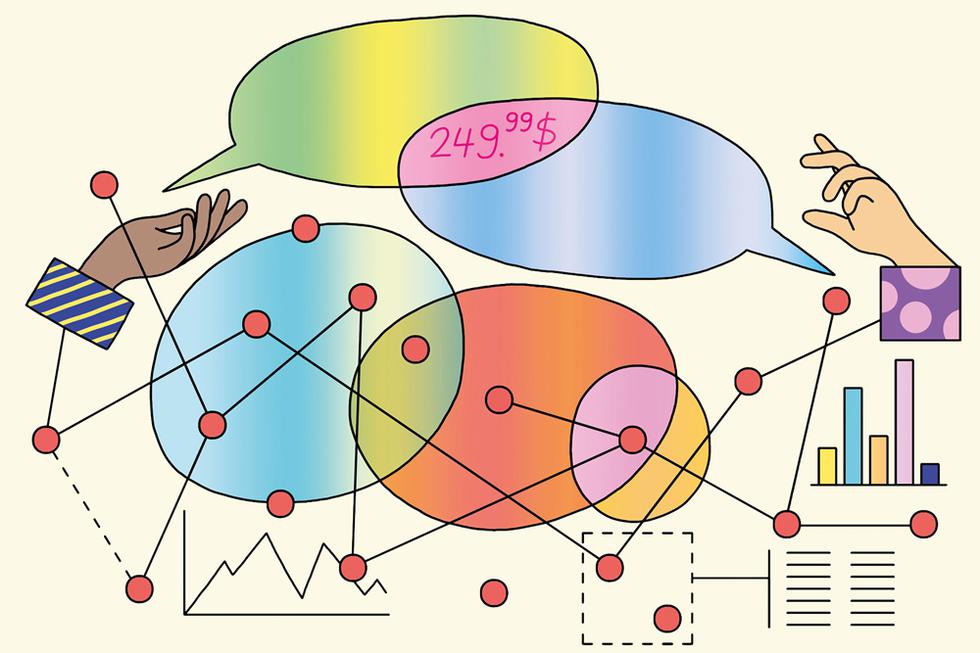The American Prospect It’s uncanny how most of the modern ills plaguing our economy today can be traced back to airlines. The industry is a petri dish of contaminants, from deregulation to market consolidation to financialization, that metastasized into other sectors in the 20th century. We can add to that list the rise of algorithmic pricing, an emerging economic configuration where all competitors in a market outsource their price-setting functions to the same third-party software, in a not-that-innocent plot to fix prices.
It all began with the new world of aviation that followed the Airline Deregulation Act, signed into law in 1978 by President Jimmy Carter. By gutting the Civil Aeronautics Board, which had tightly managed airlines, Carter did away with a slew of regulations, including price controls capping airfares. What followed was a brief window of expanded competition as new airlines entered the market.

More airlines led to reduced airfares as competitors tried to gain market share and take over particular routes. To prevent these price wars, the largest airlines got together to come up with a solution. The airlines reorganized an existing quasi-independent service they owned called the Airline Tariff Publishing Company (ATPCO), headquartered near Dulles Airport outside of Washington, D.
C. By today’s standards, ATPCO wasn’t especially high-tech, but it essentially functioned as a clearinghouse to share information across the industry and set airfares. Weeks in.
















